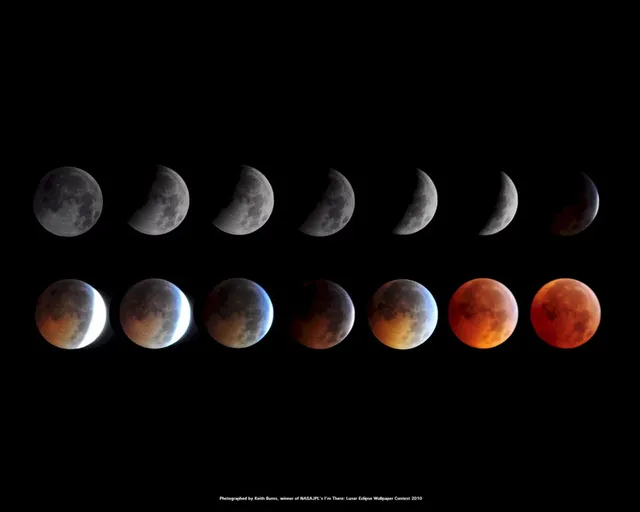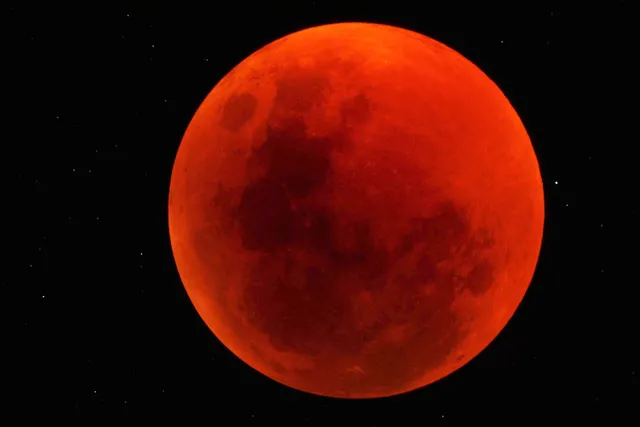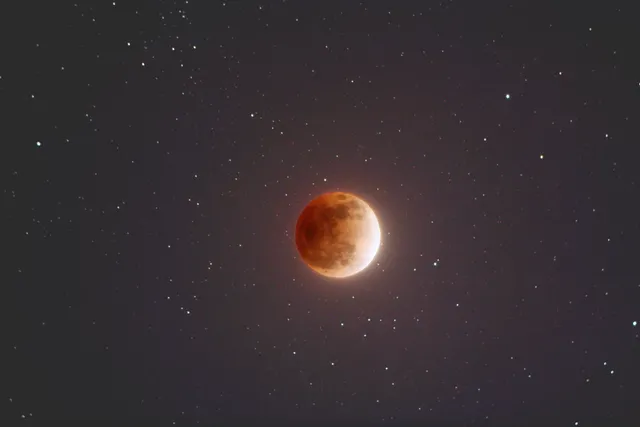Blood moon lunar eclipse to occur in july 27th
Lunar eclipses occur when Earth's shadow blocks the sun's light, which otherwise reflects off the moon. There are three types — total, partial and penumbral — with the most dramatic being a total lunar eclipse, in which Earth's shadow completely covers the moon. Throughout history, eclipses have inspired awe and even fear, especially when total lunar eclipses turned the moon blood-red, an effect that terrified people who had no understanding of what causes an eclipse and therefore blamed the events on god.
When is the next lunar eclipse?
Here is a schedule of upcoming lunar eclipses:
July 27, 2018: Total eclipse. Visible from South America, Europe, Africa, Asia, Australia.
January 19, 2019: Total eclipse. Visible from North and South America, Europe, Africa.
July 16, 2019: Partial eclipse. Visible from South America, Europe, Africa, Asia, Australia.

What is a lunar eclipse?
A lunar eclipse can occur only at full moon. A total lunar eclipse can happen only when the sun, Earth and moon are perfectly lined up — anything less than perfection creates a partial lunar eclipse or no eclipse at all.
Because the moon's orbit around Earth lies in a slightly different plane than Earth's orbit around the sun, perfect alignment for an eclipse doesn't occur at every full moon. A total lunar eclipse develops over time, typically a couple hours for the whole event.
Here's how it works: Earth casts two shadows that fall on the moon during a lunar eclipse: The umbra is a full, dark shadow. The penumbra is a partial outer shadow. The moon passes through these shadows in stages. The initial and final stages — when the moon is in the penumbral shadow — are not so noticeable, so the best part of an eclipse is during the middle of the event, when the moon is in the umbral shadow.
Total eclipses are a freak of cosmic happenstance. Ever since the moon formed, about 4.5 billion years ago, it has been inching away from our planet (by about 1.6 inches, or 4 centimeters per year). The setup right now is perfect: the moon is at the perfect distance for Earth's shadow to cover the moon totally, but just barely. Billions of years from now, that won't be the case.
two to four solar eclipses occur each year, while lunar eclipses are less frequent. "In any one calendar year, the maximum number of eclipses is four solar and three lunar.However, while solar eclipses can only be seen along a roughly 50-mile wide path, each lunar eclipse is visible from over half the Earth.
Types of lunar eclipses
Total lunar eclipse: Earth's full (umbral) shadow falls on the moon. The moon won't completely disappear, but it will be cast in an eerie darkness that makes it easy to miss if you were not looking for the eclipse. Some sunlight passing through Earth's atmosphere is scattered and refracted, or bent, and refocused on the moon, giving it a dim glow even during totality. If you were standing on the moon, looking back at the sun, you'd see the black disk of Earth blocking the entire sun, but you'd also see a ring of reflected light glowing around the edges of Earth — that's the light that falls on the moon during a total lunar eclipse.
Partial lunar eclipse: Some eclipses are only partial. But even a total lunar eclipse goes through a partial phase on either side of totality. During the partial phase, the sun, Earth and moon are not quite perfectly aligned, and Earth's shadow appears to take a bite out of the moon.
"What people see from Earth during a partial lunar eclipse depends on how the sun, Earth and moon are lined up.
Penumbral lunar eclipse: This is the least interesting type of eclipse, because the moon is in Earth's faint outer (penumbral) shadow. Unless you're a seasoned sky watcher, you likely won't notice the effect, in which the moon is subtly shaded by Earth's shadow.
"The outer part of Earth's penumbra is so pale that you won't notice anything until the moon's edge has slid at least halfway in

The blood-red moon
The moon may turn red or coppery colored during the total portion of an eclipse. The red moon is possible because while the moon is in total shadow, some light from the sun passes through Earth's atmosphere and is bent toward the moon. While other colors in the spectrum are blocked and scattered by Earth's atmosphere, red light tends to make it through easier. The effect is to cast all the planet's sunrises and sunsets on the moon How red the moon appears can depend on how much pollution, cloud cover or debris there is in the atmosphere. For example, if an eclipse takes place shortly after a volcanic eruption, the particles in the atmosphere will make the moon look darker than usual.

Thanks
Hi! I am a robot. I just upvoted you! I found similar content that readers might be interested in:
https://www.space.com/15689-lunar-eclipses.html